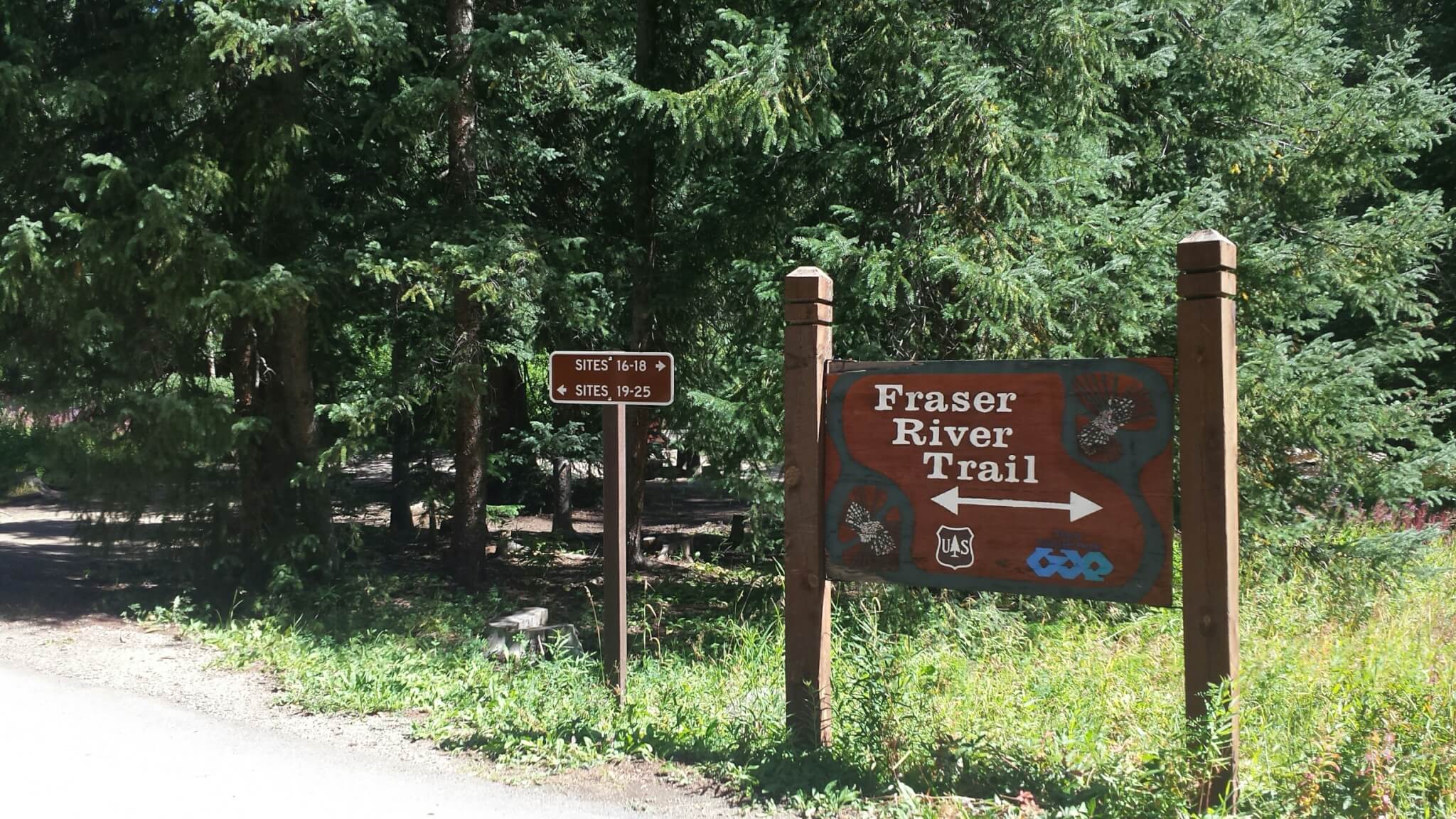BIKING AROUND WINTER PARK
Winter Park has over 600 miles of trails to explore that range in difficulty, scenic views, and distance. Before you head out, make sure to check your maps, pack plenty of water and review these local mountain biking tips!
The Headwaters Trails Alliance provides up-to-date information about local trails, their conditions and future progress. They are great resource both on their website and Facebook pages.
There are tons of great resources for trail information in the area that gets updated frequently. When you’re on the trail, we recommend using COTREX (a mobile and desktop application for a statewide comprehensive and interactive trail map), but don’t rely on this alone since lots of trails will not have great cell service!
Another app our staff uses, and loves is MTB Project- download it now and start researching trails before you arrive!
The Winter Park Information Center, just up the street from us has lots of maps available in hard copy and does a great job of posting updates about road and trail closures.
HIKING AROUND WINTER PARK
With hundreds of trails to explore, Winter Park and the surrounding areas has a hike for everyone! Whether you’re looking for an easy day hike, a rugged overnight backpacking trip, a scenic trek to a waterfall or a picturesque journey amongst the wildflowers you’ll be able to find just what you’re looking for!
Here are a few of our staff favorites!
- Favorite Hike to a lake - Strawberry Lake Hike
- Favorite Waterfall Hike – Cascade Falls Trail
- Favorite Wildflower Hike – Butler Gulch Trail
For updates on trail status, use COTREX (a mobile and desktop application for a statewide comprehensive and interactive trail map) to always have your maps with you. Stop by the Information Center in downtown Winter Park for hard-copy maps or Download a list of Trails here!
5 important things to remember hiking & biking at high elevation!
The town of Winter Park sits at an elevation of 9121 feet above sea level and it can often catch people off guard if you aren’t prepared for the effects and environment at high altitude

1. Less Oxygen at High Elevations
The high Rockies of Colorado is an explorer’s wonderland – but activities at high altitude has significant effects on the human body and mind. Once you reach around 7,000 feet above sea level, the atmospheric pressure and percentage of oxygen starts to decrease at a rapid pace, so it is much harder to breath. High Altitude is considered 4,900 – 11,500 feet above sea level.
2. The Higher You Go, The More Intense the Environment
With the thin air comes a lack of moisture, so hiking at high elevation can be rough on the skin. Make sure to drink extra water, wear extra sunscreen and lip balm, and wear proper clothing with enough coverage including hats and sunglasses. It’s OK to move at a slower pace, find a rhythm, take breaks as needed, and breath deeply.
3. Consider the Weather
Summer weather in Colorado mountains can change drastically in a matter of hours, sometimes minutes! Rain, hail, strong wind, and even snow are a real possibility when you’re hiking above eight or nine thousand feet in elevation. Always pack extra clothes and layers!
4. Above the Treeline
The scenery changes continually the higher you climb. When you get above “treeline”, the terrain becomes much more rugged, so appropriate hiking boots with proper ankle support is a must. The trail can be easy to lose and strong winds can pick up extremely quickly. The lack of trees means little-to-no protection when bad weather occurs – so if a thunder or lightning storm hits, head back down the mountain!
5. Altitude Sickness is Real
Altitude sickness can occur when one does not give the body adequate time to acclimate to the environment, the change in air pressure, and the lack of oxygen. This happens when you climb to high elevations too quickly. Everyone is different, and it can happen to anyone, even if you have spent a lot of time at high altitudes before without a problem.
Symptoms of altitude sickness can include nausea, headache, lack of hunger or thirst, lack of coordination, difficult breathing, confusion, and vomiting. If you notice these warning signs early on, you can prevent altitude sickness. The only real way to treat altitude sickness is to get to a lower elevation, rest (reduce exertion), hydrate, and eat.


